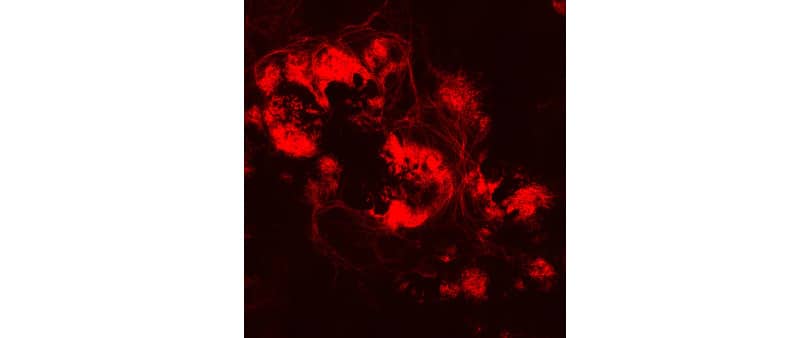Johns Hopkins Researchers Grow Retinal Nerve Cells
Monday, December 14 2015 | 00 h 00 min | Vision Science
In what is hoped to be an important step on the path towards cell transplants for patients with glaucoma or multiple sclerosis, researchers at Johns Hopkins University have developed a method of developing retinal ganglion cells from human stem cells.
Researchers edited the stem cells’ genome to produce a fluorescent protein if another protein, BRN3B, was present. BRN3B is expressed only in mature retinal ganglion cells, so when the stem cells developed into retinal cells they would appear red under a microscope.
The naturally occurring chemical forskolin was added to aid in the transformation from stem cells to retinal ganglion cells. Forskolin is known to modify retinal development in mice, and is sometimes taken as a herbal supplement, though it is not proven as a treatment for any vision disorders.
“Our work could lead not only to a better understanding of the biology of the optic nerve, but also to a cell-based human model that could be used to discover drugs that stop or treat blinding conditions,” says study leader Donald Zack, M.D., Ph.D., the Guerrieri Family Professor of Ophthalmology at the Johns Hopkins University School of Medicine. “And, eventually it could lead to the development of cell transplant therapies that restore vision in patients with glaucoma and MS.”
Further information: http://www.hopkinsmedicine.org/news/media/releases/researchers_grow_retinal_nerve_cells_in_the_lab








